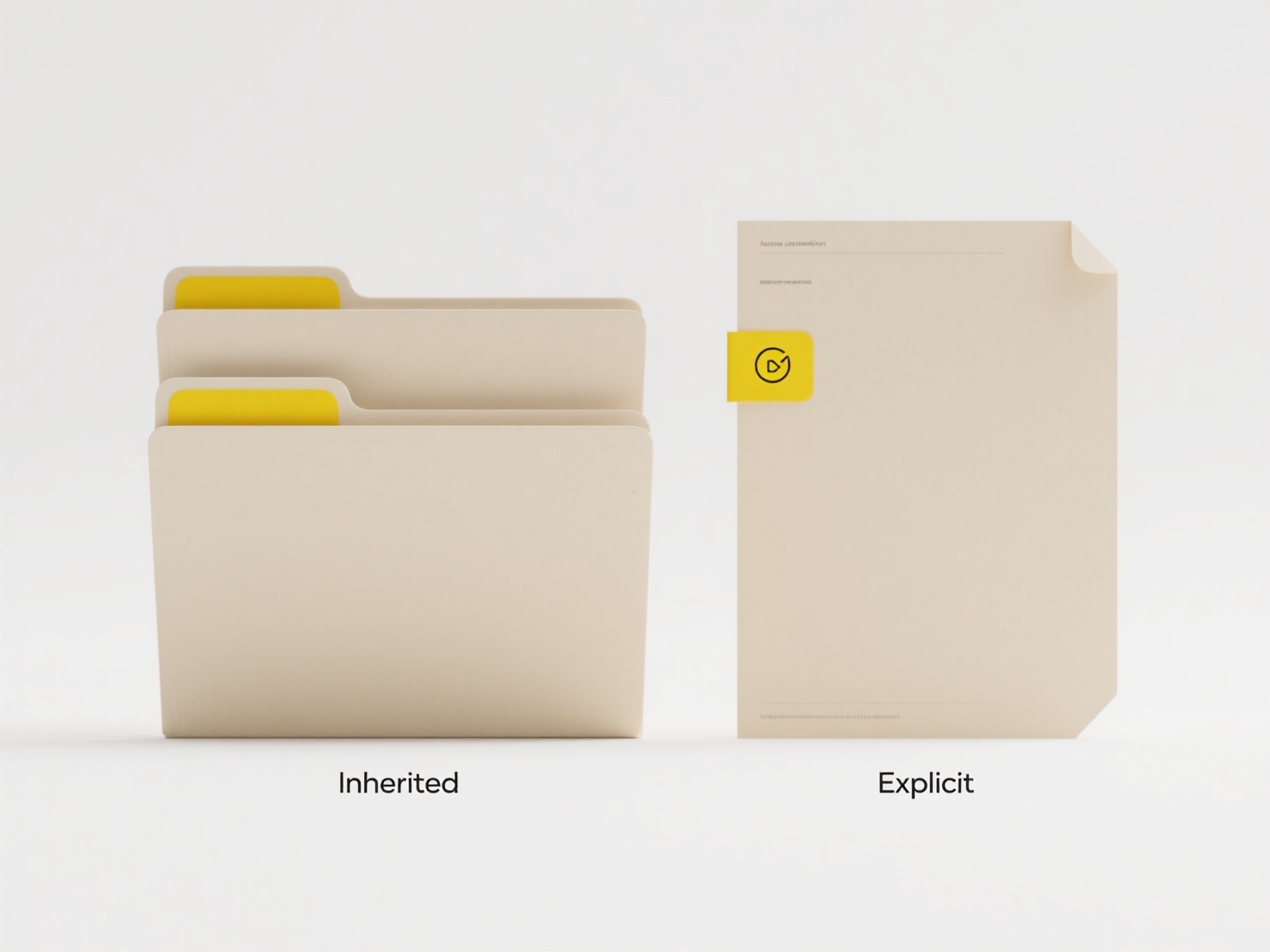
Tagging or labeling duplicates involves marking repeated entries with a temporary indicator within a database or file system to flag them for review and consolidation later. This differs from deleting duplicates immediately; instead, it provides a controlled way to organize known redundancies without permanently removing or merging data on the spot. Common methods include adding specific status flags, custom fields, color coding, or comments directly to the identified duplicate records.

This approach is frequently employed in Customer Relationship Management (CRM) software like Salesforce, where sales teams tag duplicate contact entries without disrupting active opportunities. Data migration projects also utilize this technique; analysts might label duplicate product listings in an inventory database before determining the correct master record to retain during system consolidation.
The primary advantage is minimizing operational disruption, allowing teams to address duplicates during planned maintenance. It prevents accidental deletion of potentially critical linked information. However, tagged duplicates still consume storage and require manual search effort, potentially causing confusion. Ethical considerations involve clear retention policies to ensure sensitive tagged data isn't kept indefinitely. Automated duplicate detection integrated with tagging workflows is emerging to streamline this cleanup process.
Can I tag or label duplicates for cleanup later?
Tagging or labeling duplicates involves marking repeated entries with a temporary indicator within a database or file system to flag them for review and consolidation later. This differs from deleting duplicates immediately; instead, it provides a controlled way to organize known redundancies without permanently removing or merging data on the spot. Common methods include adding specific status flags, custom fields, color coding, or comments directly to the identified duplicate records.

This approach is frequently employed in Customer Relationship Management (CRM) software like Salesforce, where sales teams tag duplicate contact entries without disrupting active opportunities. Data migration projects also utilize this technique; analysts might label duplicate product listings in an inventory database before determining the correct master record to retain during system consolidation.
The primary advantage is minimizing operational disruption, allowing teams to address duplicates during planned maintenance. It prevents accidental deletion of potentially critical linked information. However, tagged duplicates still consume storage and require manual search effort, potentially causing confusion. Ethical considerations involve clear retention policies to ensure sensitive tagged data isn't kept indefinitely. Automated duplicate detection integrated with tagging workflows is emerging to streamline this cleanup process.
Quick Article Links
Should I include client or customer names in file titles?
Including client names in file titles means directly using a customer's identifier as part of a document, image, or data...
What is a .sav file and how do I view it?
A .sav file is the primary proprietary file format used by SPSS (Statistical Package for the Social Sciences) software t...
Can I run programs or applications from cloud storage?
Running programs directly from cloud storage locations like Dropbox or Google Drive is generally not possible because cl...